Ahom Dynasty of Assam – that ruled Assam for 598 years
My tryst with Indian history was through the school text books. I learnt more about them through the history books, newspaper articles, TV serials and movies as I was growing up. I am sure , all of us are aware of the Mauryas, the Marathas, the Rajputs, the Pallavas, the Cholas etc . They were all great empires of India with great stories of valour, statesmanship, development and more.
Here’s an interesting fact. The Maurya rule lasted for around 142 years, the Mughal dynasty existed for around 331 years, the Gupta dynasty ruled for around 290 years. But did you know that the Ahom Dynasty of Assam ruled the North Eastern parts of India for 598 years ? This is not all. Did you know that they defeated the Mughals 17 times in a span of 60 years? Yes, that’s right the invincible Mughals could not claim this territory from the Ahoms.
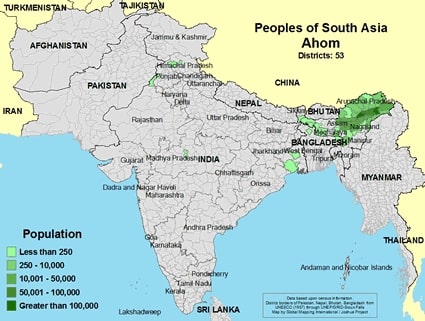
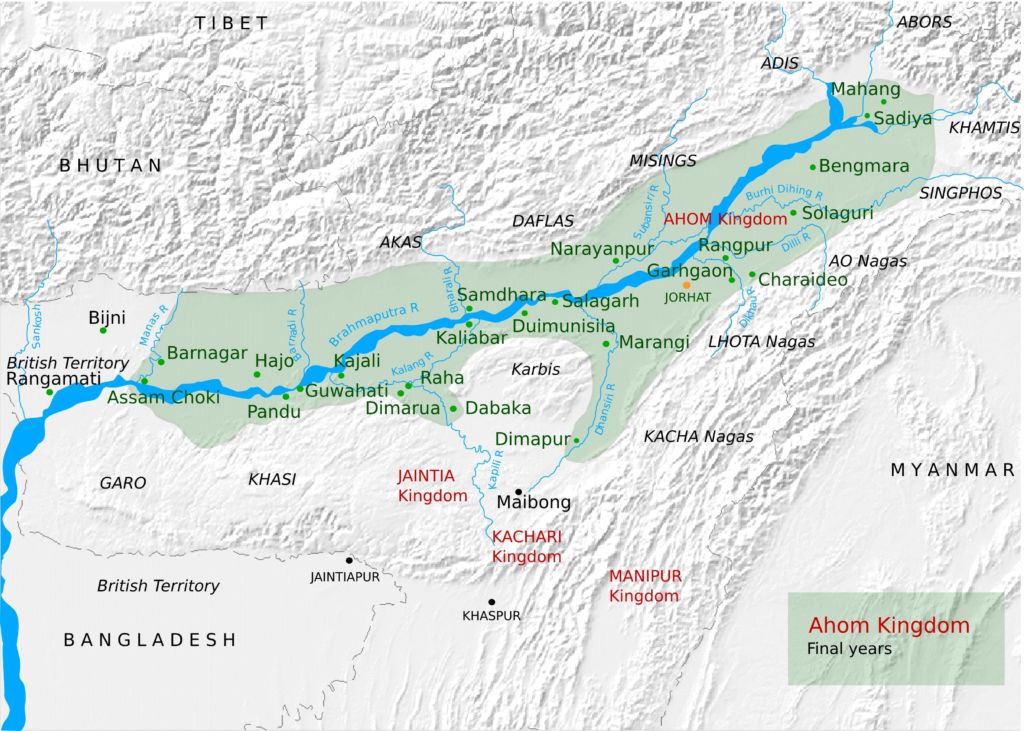
How did Ahom dynasty of Assam manage to rule for 600 years?
Ahom Dynasty of Assam, was founded by Tai price Prince Chaolung Sukapha , who entered the Brahmaputra valley in 1228. The prince came from south China’s Yunnan provision from a town called Mong Mao Lung, with his 9000 companions.
The Ahoms created a new state by taking over the older political system of the bhuiyans (landlords). They annexed the kingdoms of the Chhatigar and Koch-Hajo, Sutiyas, the Miris and subjugated many other tribes. Ahoms had expanded their influence and built a large state by the 16th Century. The system of governance established by Ahoms, was similar to the system of Tai- Namchao (south west China). It was a monarchial system under the Tai-Ahom rule
It was a form of hereditary monarchy with a Council of Ministers and a Great Council of chief nobles and officers of the state. The king was all in all in matters of major importance of the State. Their society was divided into clans or khels.
Powerful council of Ministers
The Ahom dynasty of Assam was not run in an autocratic fashion, with King being the one man authority. It was an inclusive government, king with 5 ministers and not autocracy. Ministers had the power to keep a check and ensure that king delivers his duties . They also had the power to remove the king, if he was not doing his job. Sounds like an appraisal system where you earn the stripes and keep the job. Shape up or ship out!
The king could be appointed only with the concurrence of the patra mantris (council of ministers—Burhagohain, Borgohain, Borpatrogohain, Borbarua and Borphukan). During three periods in the 14th century, the kingdom had no kings when acceptable candidates were not found. The ministers could remove unacceptable kings, and it used to involve executing the erstwhile king.
Culture of tolerance and respect towards others
The Ahoms assimilated with the existing culture of the local people in many aspects and this is also a key reason of their prosperity. They accepted the culture, religion and language of the conquered people. The Tai language, the Ahom religion, rituals, dress, food habits and sociocultural institutions gradually passed into oblivion or became a mix of original and acquired. The Hindu religion, culture, life style and Assamese language gradually replaced the original Tai culture. Initially the inscriptions of Ahom were in Tai-Ahom language. Later they appear in a bigot form, and finally in Assamese or Sanskrit.
Ahoms didn’t try to ruin the existing culture, didn’t try to convert the locals to their practices. They in fact added their bits to the Indian culture and made it more richer, by respecting it and by being a part of it. The kings embraced Hinduism, or rather Shaivism and Shakti cult and built a lot of temples in Upper Assam. Ahoms displayed great respect towards all religion and a lot of families used to follow dual religious practices. Ahoms encouraged inter cultural marriages and selective adaptation of cultural traits.
Decentralisation
Ahom society was divided into clans and with the expansion of the kingdom, the clans moved and took charge of the designated territory. For instance Lachit was responsible for one part of the Ahom Kingdom and had both judicial and executive powers to rule the region. One can say it is a form of local administration under able hands .Owing to the dispersal of clans across the region; local lineage started replacing the clans. The local lineage was recognised by the King and they enjoyed similar powers. These changes took place within the realm of Ahom traditional social structure and ensured a greater stability to the structure
Ahom queens (Kunworis) played important roles in the matter of state. They were officially designated in a gradation of positions, called the Bor Kuwori (Chief Queen), Parvatia Kuwori, Raidangia Kuwori, Tamuli Kuwori, etc. who were generally daughters of Ahom noblemen and high officials. One way in which the importance of the queens can be seen is that many of them are named on coins; typically the king’s name would be on the obverse of the coin and the queen’s on the reverse.
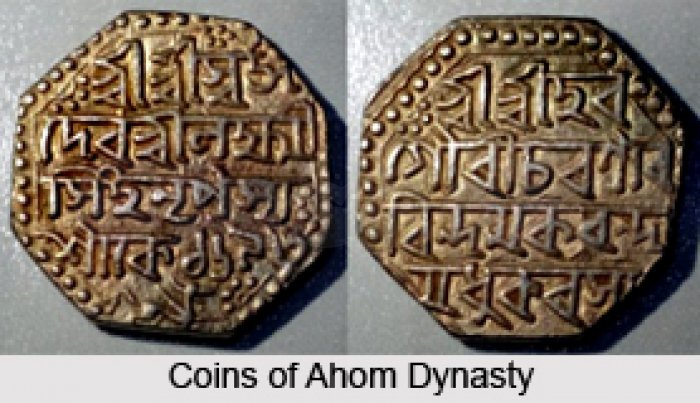
Ahoms vs Mughals. What is the story behind defeating the juggernauts called Mughals?
While the Mughals were an invincible force everywhere, they never succeeded in getting a foothold in the North East India. The North East was an attractive proposition for the Mughals, rich Brahmaputra flowing through many countries and hence a great trade opportunity, and by controlling this region, one could control the trade route. The region was fertile and it meant great agricultural bounty.
The story of Ahom dynasty of Assam vs Mughals is incomplete without the story of Lachit Borphukan. He was one of the five Patra Mantri (minister) in the Ahom Kingdom. He was the ruler of Lower Assam during that period.
From 1615 to 1682, the Mughals attacked North East 17 times. In 1667, the Ahoms lost Guwahati (Pragjyotishpur) to Mughals and had to pay a war indemnity of 3 lacs rupees and ninety elephants. Two Ahom princesses were taken as hostages by the Mughal Army. King Chakradhwaj Singha selected Lachit Borphukan to lead the forces and get Guwahati back from Mughal captivity. Lachit raised the army and seized Guwahati from the Mughals. He was sure that Mughals will be back soon, and hence immediately started preparing for the next battle. . He was right, Mughals came knocking at their doors with a much bigger and powerful army.
The Battle of Saraighat
The Mughals did not take this defeat lightly and came back with 30000 soldiers, 15000 archers, 18000 Turkish cavalry, 5000 gunmen and over 1000 canons. This was a mighty fleet and defeating them looked like an uphill task. Lachit was brave and a master mind. He forced the Mughal army to fight at the Brahmaputra River. Lachit had identified the weakest link in the Mughal force – their navy. The Ahom army built multiple mud embankments around Guwahati so that the Mughals were forced to attack them through Saraighat using their Navy.
For the Ahoms, the knowledge about the terrain was a big advantage. During the battle, there was a time when Lachit Borphukan fell terribly ill and the morale of the Ahom army started dwindling. His response to his team was very clear “If you want to flee, go ahead… the King has assigned a responsibility to me and I will do it well irrespective of my health. Let the Mughals take me away. You report to the king that his general fought well following his orders”. His soldiers rallied and a fiercely fought battle resulted in a victory over the mammoth Mughal army. The general was not fighting for fame, religion or the King. He was fighting for his motherland and its people. Every year, 24th of November is celebrated as Lachit Diwas in Assam.
Ahoms and their Navy
Ahoms always had a war strategy in place and that was about keeping invaders west of the river. The paik system ensured that each family in the Brahmaputra valley had to depute the male members whenever there was a war or any other extraordinary situation. This implied a backup of army men whenever the need arise.
The Ahoms made excellent use of the terrain and developed perhaps India’s only “river specific” navy! Inside-out knowledge of the terrain was what made the guerrilla warfare highly effective and they called it “Daga Yuddha”! Even towards the end of Ahom dynasty, their navy had more than 7000 sailors. There were sophisticated docks for boat building. They also knew how to build bastions (Pani Garh) in the middle of the river without using any existing island.
The Ahom war boats were smaller in size, but made up of wood from a specific tree, which would not sink even if overloaded. Each boat had a life of more than 10 years and was equipped with guns and artillery. The small boats were easy to manoeuvre in the river as compared to the large boats used by the Mughals. The Ahom boat men were expert in steering the boats in the battle field (river).
Lachit Borphukan- a warrior and a master strategist
Lachit Borphukan is considered as one of the greatest war generals. Did you know that the best graduating cadet of National Defence Academy is conferred the Lachit Borphukan gold medal. This was started from the year 1999, and this is a great way to commemorate a great warrior.
There are several quotes from Lachit which are still remembered by the locals. “ Dexotke ke Mumai dangor nahain” which means , my uncle is not bigger than my country is something all locals will talk about when they introduce Lachit Borphukan. During the battle, he found his uncle to be not committed to his duties and beheaded him for the lapse.
By the way, I was a part of Lachit house in school, and perhaps didn’t realise that I am being associated with a great warrior of all times. For me it was just a house I represented in various co- curricular activities. Now, as I type this article, I feel good that I was representing the house named after a big general and master strategist. But I also feel sad about the fact that I did not make an attempt to know this real hero then.
Ahom Art and Architecture
The Ahom dynasty of Assam, encouraged Art and art forms including theatre. Poets and scholars were given land grants.
Upper Assam especially Sibsagar is a great place to understand the Ahom architechture. Tolatol Ghor and Karen Ghor of Rangpur Palace is main architectural landmark of Ahom Kingdom of Assam. This structure was built of baked bricks and organic cements made with sticky rice and eggs of ducks. Some parts of the structure though are dilapidated, but even then the art form stands out. The Ahom King Rudra Singh had built an amphitheatre where the Bihu performances were held every year during the Rongali Bihu (around April 14th). The festival welcomes the spring and the new year and it rose to fame from Rongghar.
Ahom cuisine
The non-vegetarian delicacies are a must try and the South East Asian influences in their food is quite prominent. Juit pura gahori mankho (fried pork) and pork rice along with rice beer is a staple in Assam. For the vegetarians, rice cake(peetha) is something unique to Assam.
Ahom History (Buranji)
The greatest contribution of the Ahoms to the culture of the Assam was the compiling of chronicles, which were first written in the Ahom language and after that in both Ahom and Assamese. All of the important political events were recorded in the chronicles of Buranjis.
The Decline of Ahom Dynasty of Assam
The Ahom dynasty of Assam ruled the North East for 600 years and had amalgamated well with the society. They succumbed to the internal conflicts, higher orientation towards one faith and intolerance towards others, coupled with external invasion and weak leadership. Some of the key factors for the downfall of Ahom dynasty were
-
Moamoria rebellion:
A religious-political rebellion against the Ahoms and their cold shoulder attitude towards the Koch, Kachhari and Motok tribes. The growing influence of Neo Vaisnavism made popular by Srimanta Sankardev, didn’t go well with the Ahoms. While the neo Vaishnavism was an offshoot of Hinduism, the Ahoms considered it as a political threat as they were following the Shaivite and Shakti cult. When Ahoms had established their rule in India, they had succeeded because of their flexibility and respect towards local belief and the same people now had become intolerant towards the new.
-
Weak leaders and Economic decline:
Assam was blessed with fertile land and the mighty Brahmaputra which was the lifeline of trade. However, by the 2nd half of 18th century, the leaders were not able to develop the economy and drive prosperity through trade and agriculture.
-
Internal conflict and Burmese invasion:
Burmese invaded Assam thrice, between the years 1817 to 1826 and made the economy weaker. There was infighting amongst various clans and Burmese King Bodoupaya, invaded and robbed the coffers of the state
- Treaty of Yandabo, 1826 and Great Britain expanding its influence : The British in the garb of joining hands with the Ahoms to defeat the Burmese , annexed Assam into British East India colony.
Ahom dynasty of Assam, ruled for almost 600 years , and then were wiped out during the British Era. The Ahom community still exists in Assam and the elderly people feel proud to talk about their glorious past and contribution to the region . However, I am not sure how many people even know about the fact that Ahoms have served the country for almost 6 centuries and never succumbed to the Mughal forces. By the way, the knowledge about the culture, natural beauty and wild life of Assam would be very low for a lot of us.
For more such historical experiences in India, read more on Indian history from Indus Valley Civilization to Modern History
In case you are keen on traveling to Assam, you could take a look at the itinerary of Assam and get itcustomised to your interest .
In case culture is of interest, check out the places of cultural interest in India.
India is not just about history. In fact, there are many more facets to this ancient land – culture, spirituality, mystery, nature, wildlife and so on. Read more about how to explore the different facets in destination India .
To know more about Assam, read Majuli – World’s Largest River Island , Kaziranga National Park,
Mayong , the Black Magic capital of India Neo Vaishnavism in Assam


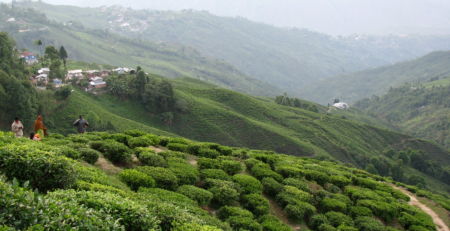

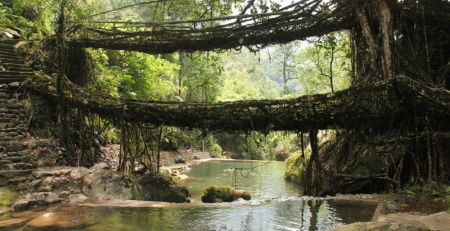

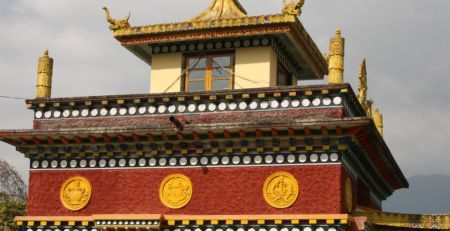

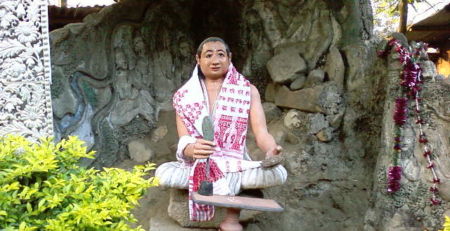
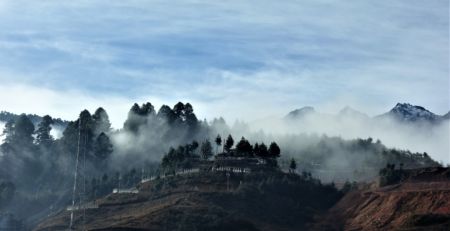

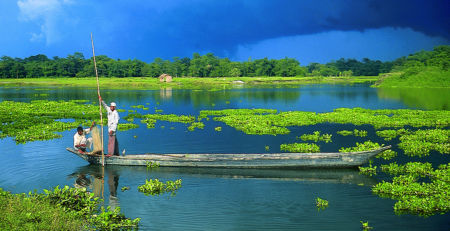
Comments (9)
Wao nice article… personally I really impressed..
Thanks Krish!
Beautiful article..Thank you for your valuable contribution.
Thanks Sangita. I am glad that you liked it
Really very help full article
Thanks for the well define article on ahoms…..
Thanks
thank u
Hey!It really helped me in my sociology activity!I got to know more about my own community.